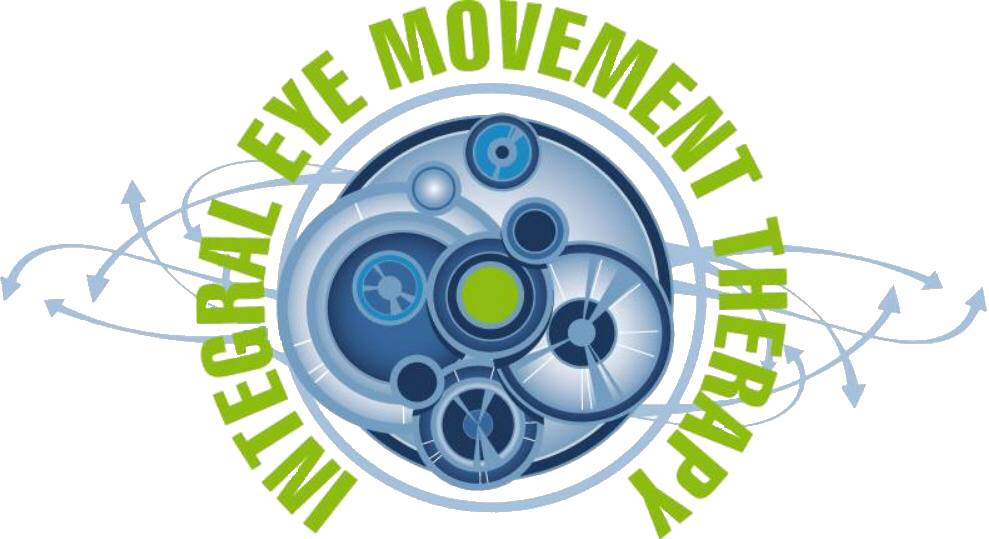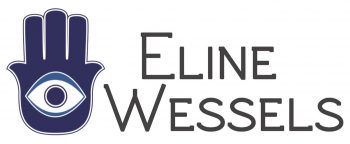In progress
Research
In 2006, Integral Eye Movement Technique saw the light of day in England, so as a methodology it is still very young. This innovative method was developed by Andrew Austin, who worked as a member of a neurosurgical team. He combined his experiences from this work and elements of methods such as EMDR, NLP, hypnotherapy and identity work and called his methodology IEMT. During his work in refugee camps, IEMT proved successful in treating PTSD (post traumatic stress disorder). It also proved effective in processing negative emotions and breaking negative patterns. He later added a second protocol within the method, through which identity can be strengthened and developed. IEMT uses neuroplasticity: your brain’s ability to change.
Meanwhile, IEMT has now amply proven its successes in practice, is growing rapidly in the Netherlands and is still developing as a method.
First-ever scientific study effects of IEMT on brain worldwide: first results expected spring 2024
Maastricht University launched the world’s first-ever scientific study of the effects of IEMT in 2023. This is done by, among other things, scanning subjects’ brains before and after IEMT treatment.
Initial pilot brain scans showed stunningly good results from an IEMT session. This came to light because an IEMT client was also receiving sessions at a neurofeedback clinic. Between two brain measurements this clinic did, there were such big differences, they had not experienced that before. Upon inquiry, this client was found to have undergone an IEMT session. And so the desire and interest for a more extensive study arose.
The research on the effectiveness of IEMT is led by Dalena van Heugten, assistant professor of Psychology, Luuk van Leur of the Brain Clinic and Naima Trouk, psychologist. The first investigations have been, through funding from the Limburg University Fund Foundation. Several more research days will follow spring 2024.
As an IEMT practitioner, I see tremendously good clinical results in my practice, but of course I am very much looking forward to the scientific substantiation of what I already see on a daily basis in my practice! We hope that IEMT will soon become fully and internationally recognized as an effective method for personal growth, change and small and large trauma processing.
Scientific research from 2018
Earlier, in 2018, an exploratory study on the effect of IEMT on a stress-related form of psoriasis was published (source: September issue of “Journal of Experiential Psychotherapy,” see pfd). This case study examines the effect of just one (!) I.E.M.T. session, on a client. After this session, the psoriasis disappeared. This study is currently being repeated among 25 clients with psoriasis.

More info?
If you do want to delve further into the underlying principles of Integral Eye Movement Technique, I first recommend reading the introduction in this case study. IEMT is described in depth here as a method. Or just watch this video to the left of this page, a short interview about IEMT, to get a better idea of what an IEMT session entails.
Furthermore, you can google, for example, the following topics: the work of Francine Shapiro, Steve Andreas, Lucas Derks and the methods EMDR, constellation work and Clean Language. EMDR has already been scientifically researched as a method and found to be one of the most effective methods.

In progress
Research
In 2006, Integral Eye Movement Therapy saw the light of day in England, so it is still very young as a methodology. This innovative method was developed by Andrew Austin, who worked as a member of a neurosurgical team. He combined his experiences from this work and elements of methods such as EMDR, NLP, hypnotherapy and identity work and called his methodology I.E.M.T..
During his work in refugee camps, IEMT proved successful in treating PTSD (post traumatic stress disorder). It also proved effective in processing negative emotions and breaking negative patterns. He later added a second protocol within the method, through which identity can be strengthened and developed. IEMT uses neuroplasticity: your brain’s ability to change and learn.
Meanwhile, IEMT has now amply proven its successes in practice, is growing rapidly in the Netherlands and is still developing as a method.
I myself use IEMT not only therapeutically to solve problems, but primarily as a change method for personal growth.

First-ever scientific study on effects of IEMT starts spring 2023
Maastricht University is launching IEMT this year with the first-ever scientific study on the effects of IEMT. One way they do this is by measuring the brain before and after IEMT treatment through a brain scan.
Initial pilot brain scans showed astonishingly good results from an IEMT session. This came to light because an IEMT client was also receiving sessions at a neurofeedback clinic. Between two brain measurements this clinic did, there were such big differences, they had not experienced that before. Upon inquiry, this client was found to have undergone an IEMT session. And so the desire and interest for a more extensive study arose.
The research on the effectiveness of IEMT is led by Dalena van Heugten, assistant professor of Psychology, Luuk van Leur of the Brain Clinic and Naima Trouk, psychologist. Several studies are in the pipeline and funding from Stichting Universiteitsfond Limburg is now in place, so work can begin.
As an IEMT practitioner, I see tremendously good clinical results in my practice, but of course I am very much looking forward to the scientific substantiation of what I already see on a daily basis in my practice! We hope that IEMT will soon become fully and internationally recognized as an effective method for personal growth and trauma processing.
Scientific research from 2018
Earlier, in 2018, exploratory research was published on the effect of IEMT on a stress-related form of psoriasis (source: September issue of “Journal of Experiential Psychotherapy,” see pfd). This case study examines the effect of just one (!) I.E.M.T. session, on a client. After this session, the psoriasis disappeared. This study is currently being repeated among 25 clients with psoriasis.

More info?
If you do want to delve further into the underlying principles of Integral Eye Movement Therapy, I first recommend reading the introduction in this case study. IEMT is described in depth here as a method. Or just watch this video below on this page, a short interview about IEMT, to get a better idea of what an IEMT – session entails.
Furthermore, you can google the following topics, for example: the work of Francine Shapiro, Steve & Connerea Andreas, Lucas Derks and the methods EMDR, constellation work and Clean Language. EMDR has already been scientifically researched as a method and found to be one of the most effective methods.


